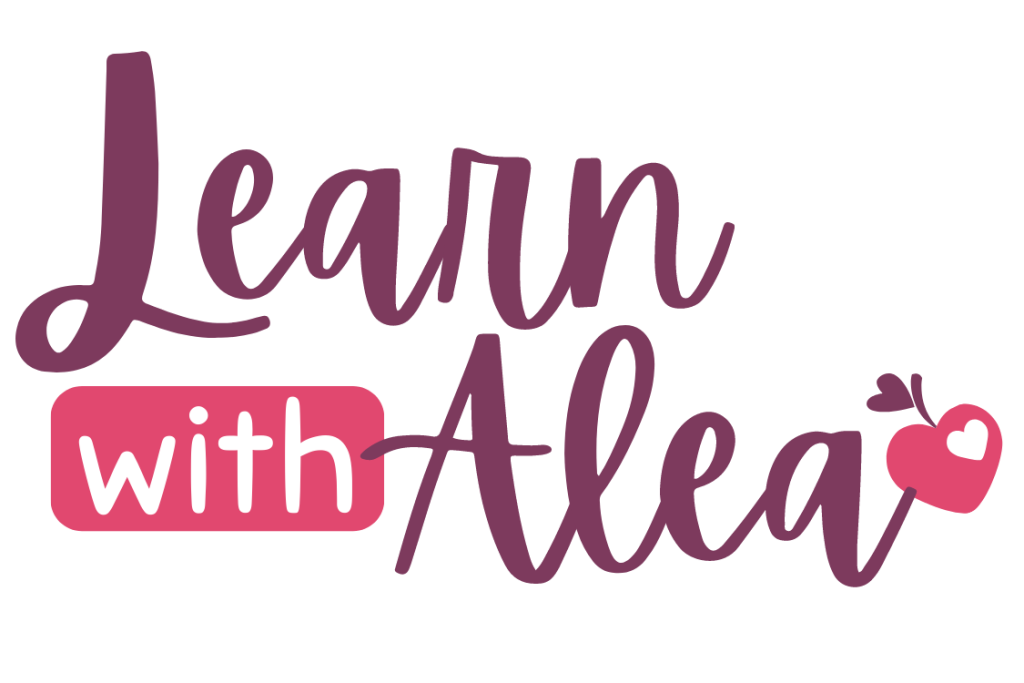Every student is different, and my compiled method may not always apply to all; however, much of the reading in my research leads me to understand that statistically, certain ways are more effective than others.
In my experience as an ESL teacher, whenever I am assigned a teach a beginner class (this means they have zero English background, regardless of their age) one of the main goals and expectations of parents is usually to be able to read, decode, and understand first-grade level English books. My automatic response is to check on their phonemic awareness and phonics skills, then strengthen those before moving on to vocabulary development or even letting them do any sort of writing. My ESL teacher trainings have all taught me that among the five essential skills (phonemic awareness, phonics, vocabulary, reading comprehension, and fluency), we must first focus on phonemic awareness and phonics to successfully learn how to read.
Although phonemic awareness is an important factor in learning to read, children who fare well in school literacy have had language and literacy rich preschool experiences that provide many opportunities for talk, experiences with oral and written stories, appropriate verbal interactions with adults during storybook readings, and opportunities to draw and write. This shows that while phonemic awareness is an important predictor of literacy achievement, the ability that correlated most highly with literacy achievement is language development, not phonemic awareness. (Chapman 2003)
- Read Aloud to Your Children/students.
Reading aloud to children before they can even talk is one of the most important elements in language development. This leads me to believe that one of the first steps in developing beginner readers is to read aloud to beginner students. Reading aloud to children or shared book-reading has been linked to young children’s emergent literacy ability, which can be defined as the skills or knowledge that children develop before learning the more conventional skills of reading and writing, which affect children’s later success in reading. (Duursma et al., 2008)
According to Duursma et al. (2008), studies have showin a relationship between oral language skills such as vocabulary, syntactic (the way in which linguistic elements such as words are combined to form sentences) and semantic (focus on the meaning of words or sentences) processes, and narrative discourse (which include storytelling). All of these contribute to word recognition and reading comprehension.
A lot of people, especially parents, don’t realize all the skills that can be picked up through the simple act of reading to a child. I always encourage them to read to their child in English if possible. Not only are they showing them how to sound out words, they’re also building key comprehension skills, growing their vocabulary, and letting them hear what a fluent reader sounds like. Regular reading also helps children to develop a love for reading, which is the best way to set them up for reading success.
- Ask Questions and Encourage Discussion to Build Vocabulary
In connection to read aloud time, asking a lot of questions contribute to a child’s reading comprehension and fluency because through these discussions, vocabulary is developed. According to Bravo, et al. (2007, as cited in Kindle 2010) vocabulary has been identified as a critical factor in building proficiency in reading. During read-aloud sessions, questions can be asked to encourage deep processing. Much of the research on vocabulary development within read-aloud sessions has focused on comparing questioning strategies with other forms of elaboration such as labeling or comments. Ard and Beverly (2004, as cited in Kindle 2010) found that the combination of questions and labeling during reading was more effective than labeling alone.
Asking questions while reading to your students is not only great for encouraging them to interact with the book, but it is also extremely effective in developing their ability to comprehend what they are reading. The main objective is not just being able to sound out words, because if they are able to decode words and read with great fluency, but still not able to comprehend what they are reading, then there is no point in reading at all.
- Identify Letters in Natural Settings.
Forming and naming letters, rapidly differentiating between visually similar letters, and recognizing their sound correspondences are foundational to becoming a reader and writer (Kaye & Lose, 2018). Most parents and educators think that children need to learn letter names and sounds by a certain age. Flashcard drilling, online alphabet recognition games, and DVDs are some of the most common ways of introducing the alphabet. However, as much as they are useful, these aren’t as effective as incorporating the alphabet in natural settings. The technical term for these letters that a child encounters in his/her daily life is “Environmental print”. Early encounters with environmental print, words, and other graphic symbols found in children’s surroundings are among their first concrete exposures to written language (Giles & Tunks, 2010). According to Clay (1993, as cited in Giles & Tunks, 2010), these experiences introduce making meaning of abstract symbols and offer children their first opportunity to make sense of the world through print and as a result, children typically read print from their environment before reading print in books.
As parents and educators, we can apply this by taking any opportunity with environmental print with your student or child and use it as a teaching moment. A good start would be to have kids identify letters in food labels, toys, clothes, fast food signs, traffic signs, magazines, etc. Instruction is memorable when teachers encourage students to make connections to known letters and words; and use these connections to support their reading and writing. (Kaye & Lose, 2018)
- Focus on Phonemic Awareness and Phonics
As I’ve mentioned before, teaching phonemic awareness and phonics is usually my first and only step but I have learned that it only makes sense to introduce phonics when a child has a basic grasp in the English language through the strategies above. Phonemic Awareness involves sounds in spoken words while Phonics refers to a method for teaching speakers of English to read and write that language. Phonics involve teaching how to connect the sounds of spoken English with letters or group of letters (for example, the sound /k/ can be represented by c, k, ck, or ch spellings) and teaching them to blend the sounds of letters together to produce approximate pronunciations of unknown words.
According to Chapman (2003), phonemic awareness teaching does need to be systematic, but this does not mean a commercial or lockstep program. Knowledge of the typical sequence of literacy development and ongoing assessment of children’s literacy progress (using their writing and invented spellings, for example) is the best guide for planning phonemic awareness teaching. In fact, according to Ehri & Nunes (2002, as cited in Chapman 2003), no approach to phonemic awareness has been shown superior to others. Phonics is an important component of reading and spelling, but it should never be the main focus. The goal here is to balance the literacy program with reading comprehension as the end result.
- Practice Decoding
Once a student knows the sounds each letter makes, putting words together or sounding them out should be the next step. Decoding is a process that requires strong phonemic awareness skills and gives wat to orthographic mapping, the process by which words are stored as “sight words” in long-term memory. As children decode words with more frequency, they will become more proficient at automatically identifying that word.
Simply put, as children decode words, they strengthen their vocabulary knowledge; and as children retrieve their knowledge of the word’s meaning while decoding it, they strengthen the identifiability of that word. (Perfetti, 2010)
Conclusion:
In summary, reading aloud to kids, asking questions to build vocabulary, identifying letters in natural settings, phonemic awareness and phonics, and decoding are five essential strategies that can be used to help children become fluent readers. Although these suggestions are labeled as “steps”, they aren’t necessarily in consecutive order and must be used according to the needs of the students. May these serve as a guide to help others.






